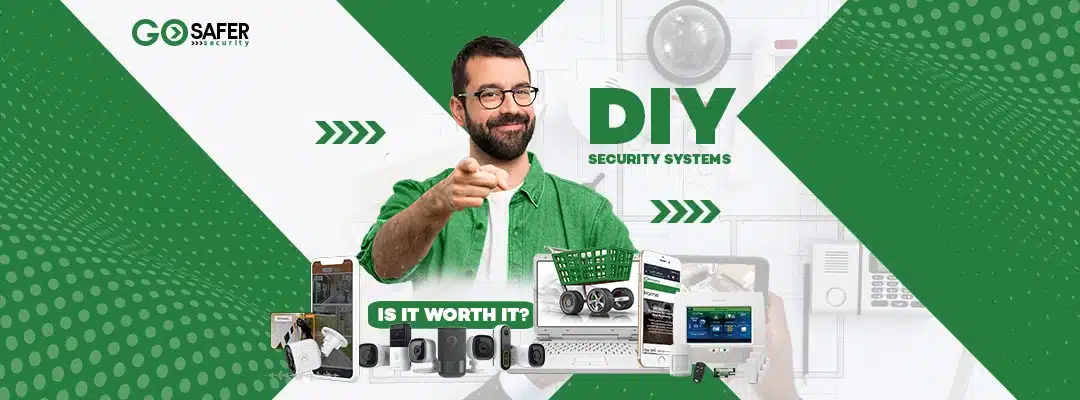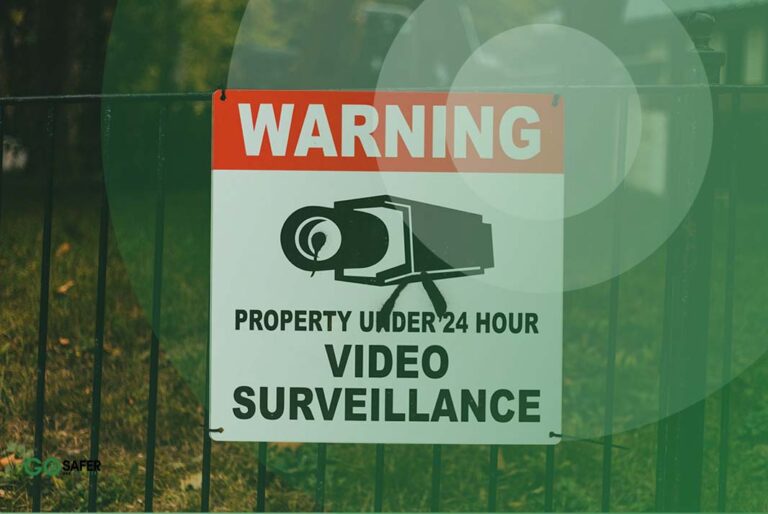No matter if you’re on the ground floor or the 20th, living in an apartment doesn’t make you immune to theft or break-ins. But what if you could protect your home without violating your lease or draining your bank account? That’s where DIY apartment security systems come in.
More and more renters are turning to easy-installation, tech-savvy solutions to secure their homes without drilling holes or signing contracts. But are they worth it? Let’s explore everything you need to know.
Table of Contents
ToggleUnderstanding the Need for Apartment Security
Growing Risks for Apartment Dwellers
From package thefts to break-ins through shared entryways, apartments face unique threats. Unlike single-family homes, apartment units often rely on shared security—if any.
Challenges Unique to Apartments vs. Homes
- Limited permission to install hardware
- Smaller square footage
- Closer proximity to neighbors
- No dedicated yard or fencing
That’s where apartment security systems tailored for renters come into play.
What Are DIY Apartment Security Systems?
Key Components of DIY Systems
DIY apartment security systems typically include:
- Wireless door/window sensors
- Motion detectors
- Compact cameras
- Smartphone-controlled alarms
- Mobile apps for real-time alerts
These systems often operate without needing professional installation or long-term contracts.
How They Differ from Professionally Installed Systems
Unlike systems installed by a technician, DIY setups are plug-and-play. No hardwiring, no drilling—just peel, stick, sync, and secure.
📌 For more comparisons, see our blog on DIY vs. professional security system installation.
Pros of DIY Security Systems for Apartments
Cost-Effectiveness
DIY systems are a one-time purchase, with many starting under $200. No monthly monitoring fees required unless you opt-in.
Easy Installation & Portability
No tools? No problem. These systems are designed for renters who may move every year. Just uninstall and reinstall in your next place.
Flexibility & Control
Want to add another motion sensor next month? Most DIY systems are modular and let you build as you go.
Cons of DIY Apartment Security Systems
Potential for Improper Setup
Without professional guidance, you might place sensors or cameras in less-than-optimal positions.
Limited Integration or Expansion
Basic DIY setups may not integrate with smart lighting, thermostats, or locks.
📌 Learn how integration enhances security in the best surveillance cameras for different types of homes.
Monitoring and Emergency Response Limitations
If you’re not paying for professional monitoring, you must respond to alerts yourself—even during a false alarm or real emergency.
Comparing DIY vs. Professional Apartment Security Systems
Upfront Costs and Long-Term Value
DIY: Lower upfront cost, no contracts.
Professional: Higher initial cost, but includes expert support and sometimes insurance discounts.
Setup Time and Maintenance
DIY: Setup can take under an hour.
Professional: May involve appointments and more complex wiring.
Customization and Support
DIY: Best for straightforward needs.
Professional: Better for large apartments or specialized needs (e.g., elderly, disabilities, high-value assets).
When DIY Security Systems Make the Most Sense
DIY solutions are ideal if:
- You rent and can’t drill holes
- You need a budget-friendly option
- You move frequently
- You want simple, no-frills security
📌 If you’re securing a compact home, don’t miss our post on home security systems for small apartments.
Choosing the Right DIY Apartment Security System
Features to Look For
- Easy mobile app integration
- Battery backup
- Night vision cameras
- Motion alerts
- No drilling installation
Best Use Cases for Renters
- Securing front doors and windows
- Monitoring packages or hallways
- Keeping tabs on pets while away
Real-Life Applications: Security in Small Spaces
One-bedroom apartment? Studio downtown? You don’t need a fortress to stay safe.
📌 Get visual insights from our post on video surveillance for apartment buildings to see how camera placement works in tight spaces.
Conclusion
DIY apartment security systems aren’t just a trend—they’re a practical, budget-friendly solution for modern renters. While they might not match every feature of professionally installed setups, their ease, affordability, and mobility make them well worth the investment for most tenants.
And remember: the best system is the one you’ll actually use and maintain. Choose what fits your lifestyle and living space—and stay secure, no matter where you call home.







